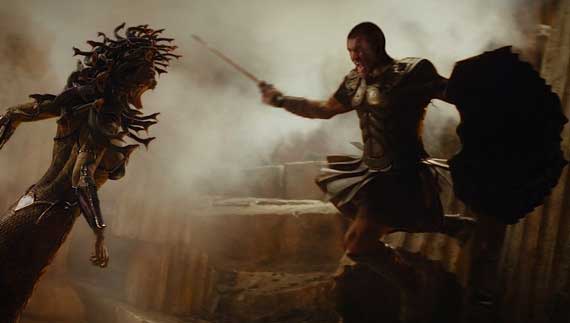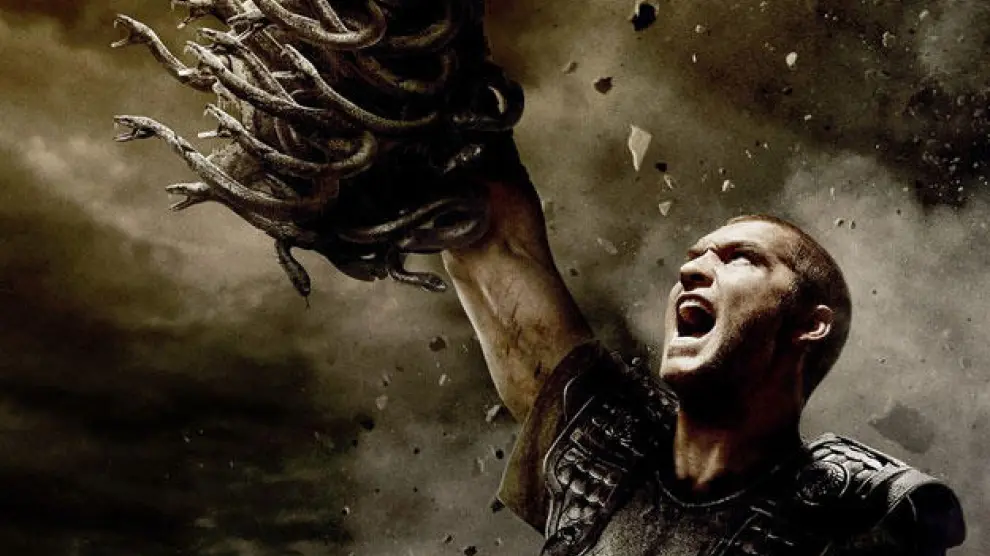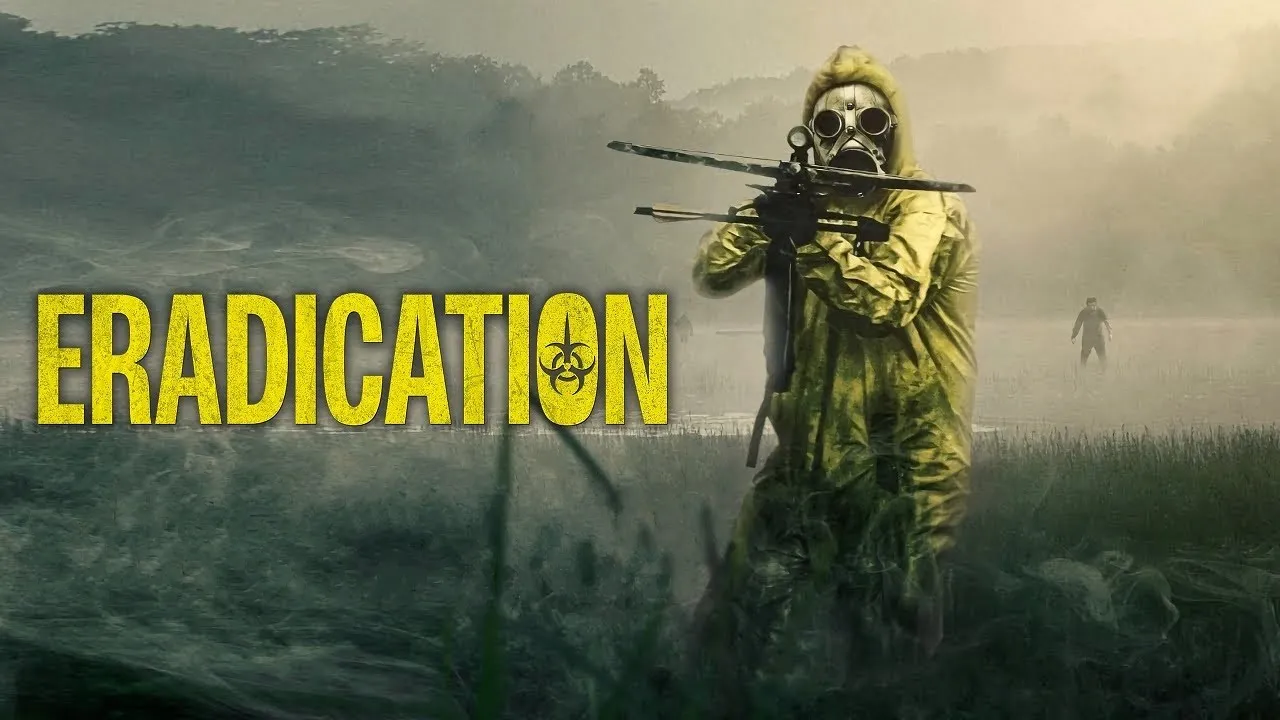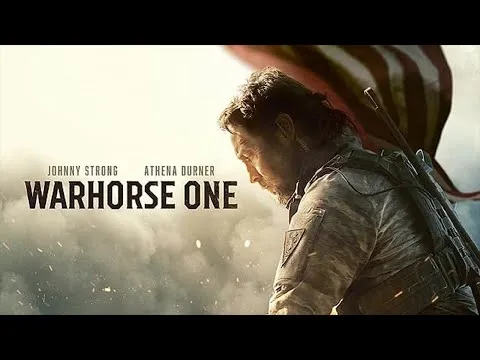“Flesh and blood against fate and fury—where legends are born in storms of stone and sea.”
In the world of cinema, some titles loom larger than life, echoing across decades like thunder rolling over marble temples. Clash of the Titans is one of those names—a saga of gods and monsters, of fate and defiance, reborn in 2010 under the direction of Louis Leterrier. This modern retelling doesn’t merely resurrect ancient myths; it hurls them screaming into a realm of thundering spectacle and human vulnerability.
It’s a film forged in the fires of Olympus, yet grounded in mortal anguish. A story of a man who dares to spit in the eye of the divine, while around him, the world quakes with wrath and wonder.
From its first frames, Clash of the Titans radiates a furious energy, hurling the audience into a realm where the line between man and myth is drawn in blood and lightning. Leterrier crafts a world simultaneously grand and savage—a Greece where gods sculpt destinies with careless cruelty, and the ocean itself conceals leviathans the size of mountains.

The atmosphere is saturated with the smell of brine and bronze, of salt-soaked winds sweeping over shattered statues and desert sands burning like coals under an indifferent sun. Leterrier conjures a visual palette steeped in gold and obsidian: gleaming armor, searing rays of Helios piercing black storm clouds, temples standing cracked and broken like the bones of forgotten giants.
Yet amid this colossal canvas, there’s a tangible weight of mortality. The people of Argos stagger under the gods’ punishment, battered by earthquakes and monster attacks, sacrificing their own to buy a few trembling days of peace. The city squares reek of fear, not just of monsters, but of cosmic powers that treat human lives as pawns. This, more than any Kraken or Medusa, is the true terror at the heart of Clash of the Titans: the smallness of human existence beneath the gaze of beings who barely care if you live or die.

At the core stands Perseus, played with brooding determination by Sam Worthington. He is the son of Zeus, but raised as a fisherman—a man pulled between the heavens and the dirt beneath his feet. Worthington’s performance walks a narrow line between simmering rage and crushing grief. His Perseus burns with resentment at the gods who killed his family, and with an equally furious denial of the divine blood in his own veins. He longs to be only human, yet he carries the spark of Olympus in every sinew.
This inner conflict defines the film’s emotional heart. Perseus is not simply battling monsters; he’s battling his own identity, wrestling with questions of destiny versus free will. He does not want to be a hero blessed by gods. He wants to be a man who wins or dies by his own hand. Every monster he slays, he slays twice—once in flesh, once in the recesses of his own soul.

Around him, a vivid ensemble flares into life. Mads Mikkelsen’s Draco is a soldier’s soldier, his sarcasm masking a battered nobility. Gemma Arterton’s Io is ethereal yet weary, a woman cursed with immortality, who carries centuries of sorrow in the set of her shoulders. Even Liam Neeson’s Zeus, all booming voice and shimmering silver armor, reveals fleeting moments of fatherly yearning beneath the godly bluster.
Leterrier balances these intimate character arcs with unrelenting visual spectacle. The film is awash in colossal set pieces: Medusa’s lair, a cathedral of petrified warriors and slithering shadows; the Kraken rising from the ocean, a nightmare of teeth and tidal waves; harpies swooping over sun-scorched canyons. Each sequence is engineered for awe, but not merely for empty thrills—there’s a palpable sense of stakes, of lives teetering on the edge of oblivion.
The camera dances between wide, sweeping vistas of impossible scale and close-ups so tight you can see the sweat trembling on Perseus’s brow. The film’s rhythm is relentless, pounding like war drums, only occasionally pausing to let the characters breathe or gaze, in fragile wonder, at the night sky.

Yet even amid the grandeur, Leterrier never loses sight of the story’s essential tension: that mortals can rise above the fate assigned to them, even in a world where titans and gods shape the stars. The film pulses with a defiance, an almost punk-rock refusal to bow. Perseus’s final stand is not merely against the Kraken—it’s against the notion that mortals exist only to be crushed beneath divine whim.
By the film’s conclusion, as waves crash and stone gods crumble, one truth remains shining through the dust and fury: it’s not just monsters that men must slay. It’s despair. It’s surrender. And in that final moment, Clash of the Titans transcends mere sword-and-sandal spectacle to become a hymn to human rebellion.
In the end, Clash of the Titans leaves behind a trail of shattered statues, roaring seas, and mortal footsteps echoing defiantly in the silence of Olympus. It’s a film that roars, that dazzles, but also whispers an ancient truth: even gods can bleed, and even mortals can write their own legend.



-1752552707-q80.webp)